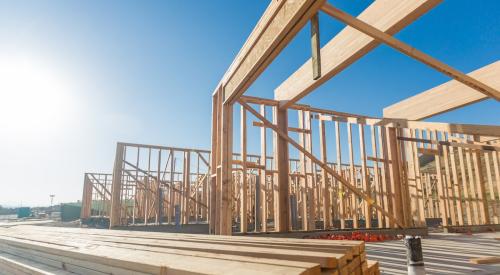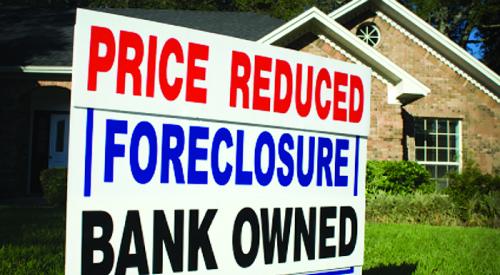A review of this year’s housing data reflects a year nobody expected and how the residential housing market became a bright light amidst economic downturns. Low mortgage rates, first-time buyers, changes in buyer preferences, remote work, supply shortages—the list could go on, but these were the major factors that boosted the industry. According to Zillow, one in five homes sold above list price in September, houses lasted on the market for an average of 12 days in October, and November home values exceeded the previous quarter’s. Starting in June, inventory declined bit by bit every week, with last week’s inventory dropping 34.3% below 2019 levels.
Rents never fell across the U.S. but year over year growth fell to just 0.7% in October, the lowest annual growth seen since the Zillow Observed Rent Index began in 2015. Typical rents in November were just $4 higher than those in January.
Unlike the mortgage crisis and financial collapse in the Great Recession that sent home values plummeting, this booming market is built on responsible, stable loans and a blend of strong housing market fundamentals. In response to these forces, rising prices drove the largest gains in home equity since 2014, offering owners additional protection against future downturns.













